- Home Page
- Books
- Articles
- The Tribes
- Presentations
- Bonus Material
Ancient History Reconsidered
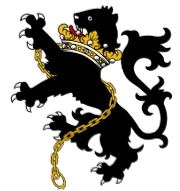

The Tribe of Reuben:
Reuben was the eldest of Yaakov’s sons, but he lost his birthright because he defiled his father’s bed by sleeping with his mother-in-law Bilhah:-
“And it came to pass, when Israel dwelt in that land, that Reuben went and lay with Bilhah his father’s concubine: and Israel heard it.” (Gen. 35:22)
Because of this transgression, his birthright was given to his brother Joseph:-
“Now the sons of Reuben the firstborn of Israel, (for he was the firstborn; but forasmuch as he defiled his father’s bed, his birthright was given unto the sons of Joseph the son of Israel: and the genealogy is not to be reckoned after the birthright. For Judah prevailed above his brethren, and of him came the chief ruler; but the birthright was Joseph’s.)” (1 Chron. 5:1)
Interestingly, Joseph was the second youngest child (Benjamin being the youngest). He was born to Yaakov by Rachel. One would have expected the birthright to have gone to Shimon (i.e. Simeon) who was the second son born to Yaakov by Leah or maybe even to Bilhah’s firstborn son Dan.
When the other tribes settled in the Promised Land, Gad, Reuben and half the tribe of Menashe settled to the east of the River Jordan, in the land which is today split between Syria and Jordan. They had appropriated this land from the Amorites who were at that time dwelling therein. The Amorites themselves had previously displaced the Moabites who had originally held the land. (Num. 21:26)
Reuben settled in the southern part of this territory and called the land Reuben after themselves. Ptolemy called the inhabitants of this land Ῥααβηνοί Rhaabeni,1 though it should be stressed that these Rhaabeni were not Reubenites, but rather the people who, in Ptolemy’s day (second century of the Common Era), were dwelling in that land. Pliny called this land Raphana.2 The interchange of the ‘p’ and the ‘b’ in ancient languages is well-attested and numerous examples can be found throughout the main works. (e.g. the Shubaru who dwelt in Mesopotamia also called Shupre, Suppiluliuma king of Hattina also called Subbiluliuma etc.)
In The Forgotten Tribe of Naphtali & the Phoenicians, we show that the tribe of Reuben built the city of Pharnakia in northern Anatolia. The people called Heniochi by the classical writers, a name which is generally understood to mean charioteers, is actually a transliteration of the name Hanoch. According to the Tanakh (i.e. the Hebrew Bible), Hanoch son of Reuben gave his name to the family of Hanochi. (Num. 26:5. The Hebrew חֲנֹכִי Hanochi is written Hanochites in the Authorised Version.) These Reubenites earned the reputation of being expert charioteers, hence the assumption that Heniochi means charioteers is understandable even if such assumption is wrong. Pharnakia is a metathesis of Reuben[k]. Today, the Pharnakian descendants of Reuben can be traced to the Franks who settled in France. The name Frank is a variant spelling of Pharnaki – hence is also a metathesis of Reuben[k].
Reuben’s Stone
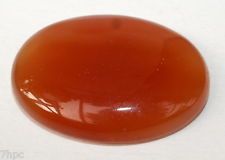
|
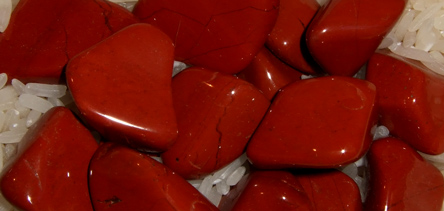
|
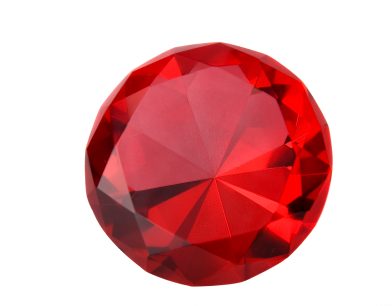
|
|
Carnelian. |
Blood-red jasper. |
Ruby. |
.png)
|
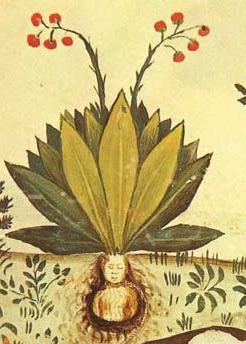
|
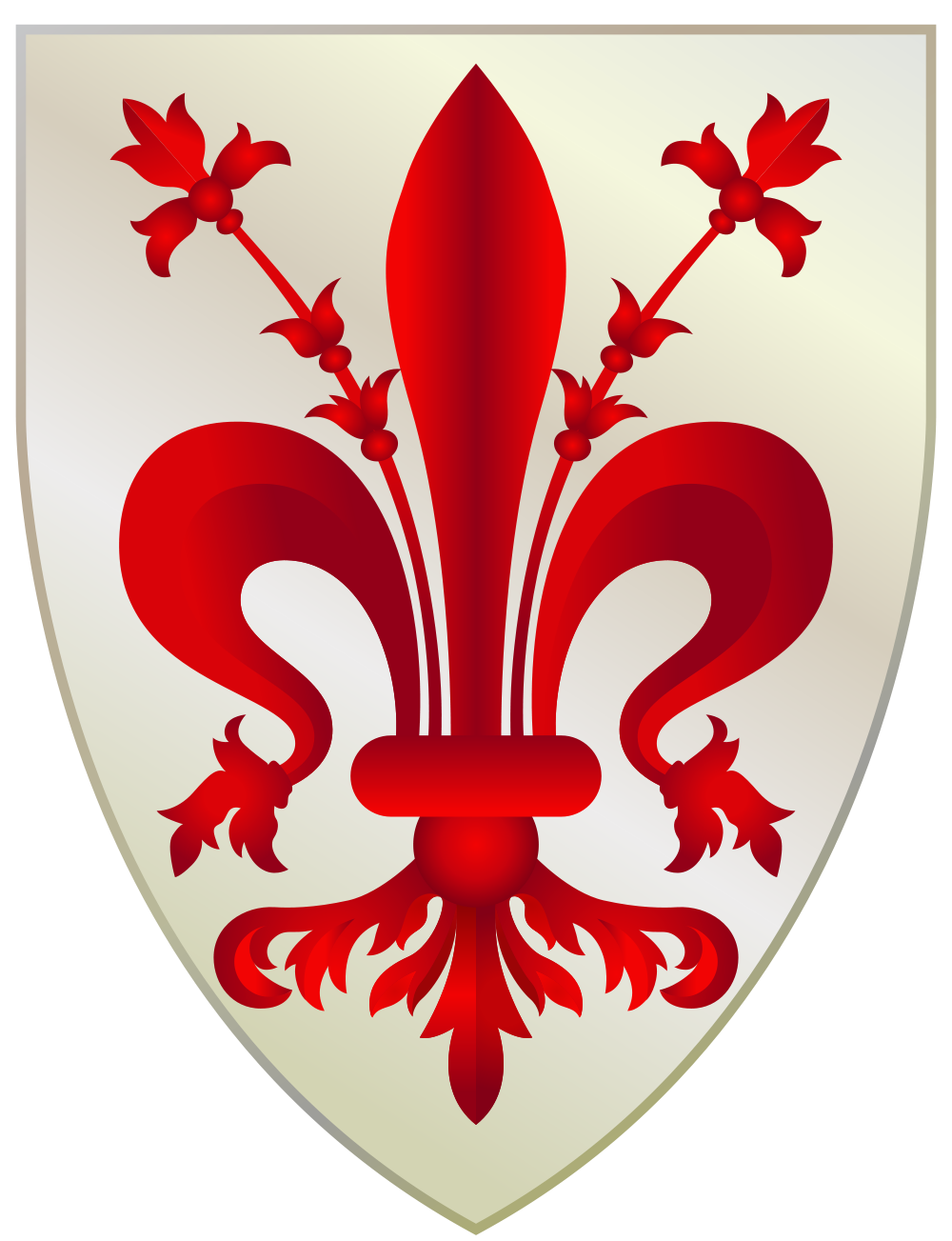
|
|
Coat of Arms of France (ancient). |
Mandrake as depicted in Tacuinum Sanitatis. |
Coat of Arms of Florence. |
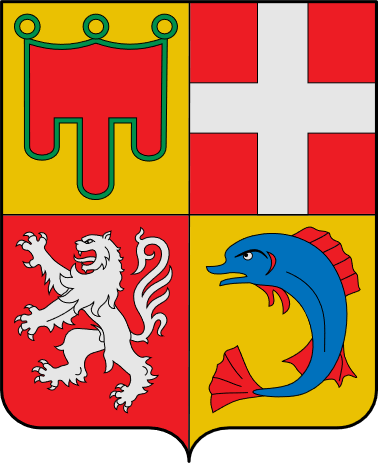 |
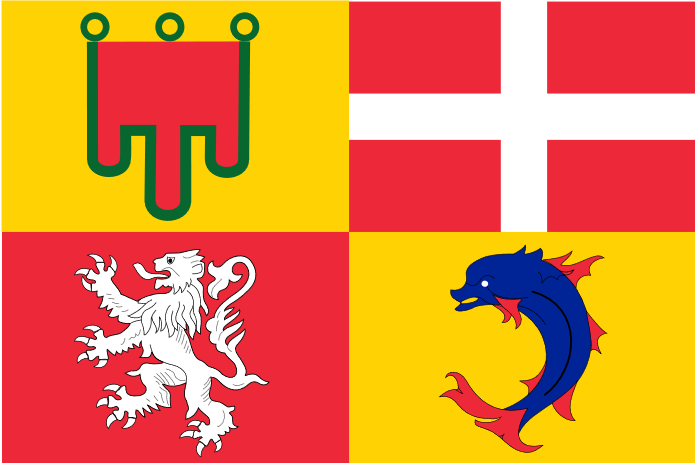 |
| Coat of Arms of Auvergne-Rhone-Alps |
Flag of Auvergne-Rhone-Alps |
Each of the stones on the breastplate, which was worn by the High Priest, represented one of the twelve tribes. The stone which represented the tribe of Reuben is called אֹדֶם odem. (Exod. 28:17 & 39:10) Whilst the colour of this stone is not disputed, there is uncertainty as to which actual stone is intended. The Latin Vulgate gives the name of the stone as sardius, which, confusingly, is understood to be the Latin for ‘carnelian’. The Mechon Mamre organisation also translates the word as carnelian,3 the AV has sardius, whilst Josephus would have us believe that is was a sardonyx.4 The NT book of Revelation, however, has jasper, (Rev. 21:19) in which case we would expect the red jasper to be intended.
“[William Flinders] Petrie holds it to be the opaque blood-red jasper, which was valued as a charm against bleeding, and was indeed common in Egypt, Babylonia, and Assyria.”5
Both the Midrash (Numbers Rabbah iiand Rabbi Louis Ginzberg (Legends of the Jews) inform us that the flag used by each tribe was the same colour as their stone on the breastplate. The flag and coat of arms of Auvergne, which is annexed to the Rhône-Alpes district, contains a rich red field (background). In The Forgotten Tribe of Naphtali & the Phoenicians, we show that this is where the tribes known as Aroerni settled. These Aroerni are descended from Yoel (AV Joel) son of Reuben who came from the city of Aroer to the east of the River Jordan. This shade of red is too light to be identified as either a carnelian or a jasper and is much more likely to be the ruby. The book of Revelation, which would have us believe that Reuben’s stone was a jasper, very helpfully describes the city of Jerusalem, which comes down from heaven, in the following words:
“her light was like unto a stone most precious, even like a jasper stone, as clear as crystal.” (Rev. 21:11)
This clearly identifies the stone as a ruby. The jasper is not “as clear as crystal”. It should be pointed out that the name ruby is actually a phonetic variation on the name Reuben. The German word for ruby is even rubin.
Both the order and the names of the actual stones on the ephod are a matter of contention as the original Hebrew names have fallen into disuse.6 By the process of elimination and analysis, however, we can come very close to the true identification of most of them.
The Hebrew word אֹדֶם odem is very similar to אֱדוֹם Edom and both words mean red. Rabbi Louis Ginzberg informs us:-
“Reuben’s stone was the ruby, that has the property, when grated by a woman and tasted by her, of promoting pregnancy, for it was Reuben who found the mandrakes which induce pregnancy.”7
The name ruby is in fact a corruption of the name Reuben, hence it is most likely that this was the stone originally intended. The French have always had a reputation, rightly or wrongly, for amour (love).
The French Coat of Arms bears the fleur-de-lis, a name which is usually interpreted to mean ‘flower of the lily (or iris)’.
Whilst the fleur-de-lis appears “on countless European Coats of Arms and flags over the centuries, it is particularly associated with
the French monarchy in a historical context”.8 The fact that
it is used by other European countries is probably down to the intermarriages which took place between the royal houses of Europe. As demonstrated
above, the fleur-de-lis is shaped like the leaves of the mandrake as depicted in a medieval handbook on health and wellbeing known as the
Tacuinum Sanitatis. The fleur-de-lis as portrayed on the Coat of Arms of Florence is especially comparable to the said picture of the
mandrake and is ruby red, this being the colour of Reuben’s stone as well as their flag. According to the rabbinical sources, the mandrake was
the symbol employed by the tribe of Reuben.9
| 1. | Ptolemy, Geography Book 5, Chap. 18. [Return] |
| 2. | Pliny, Natural History v.xvi (74). [Return] |
| 3. | Mechon Mamre Exod. 28:17. [Return] |
| 4. | Josephus, Antiquities of the Jews iii.vii.5 (Whiston) or iii.165 (Thackeray) [Return] |
| 5. | Jewish Encyclopedia entry under Gems. [Return] |
| 6. | See for example the article on the Temple Institute sight www.templeinstitute.org/beged/priestly_garments-7.htm. See the Section “Stones that Defy Translation[Return] |
| 7. | Legends of the Jews Vol. 3, pp.169-170, The Stones in the Breastplate, Louis Ginzberg (translated from the German by Paul Radin), Philadelphia 1911. [Return] |
| 8. | http://en.wikipedia.org/wiki/Fleur-de-lis#Usages. [Return] |
| 9. | Jewish Encyclopedia Vol. 5, entry under Flag on p.405, Isodore Singer et al, New York 1900. [Return] |
Dated 23 Dec 2013.
©AHR Researches.